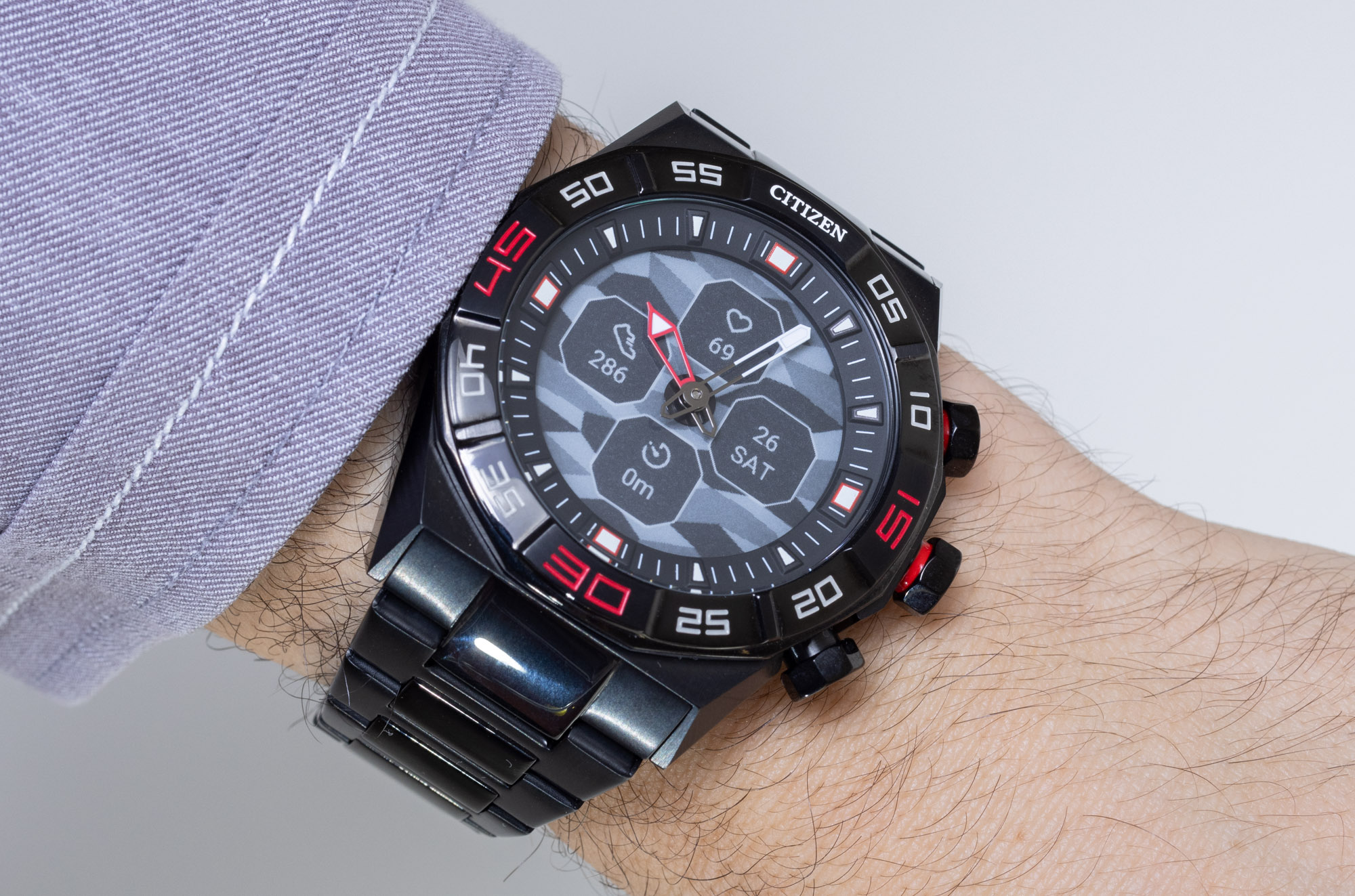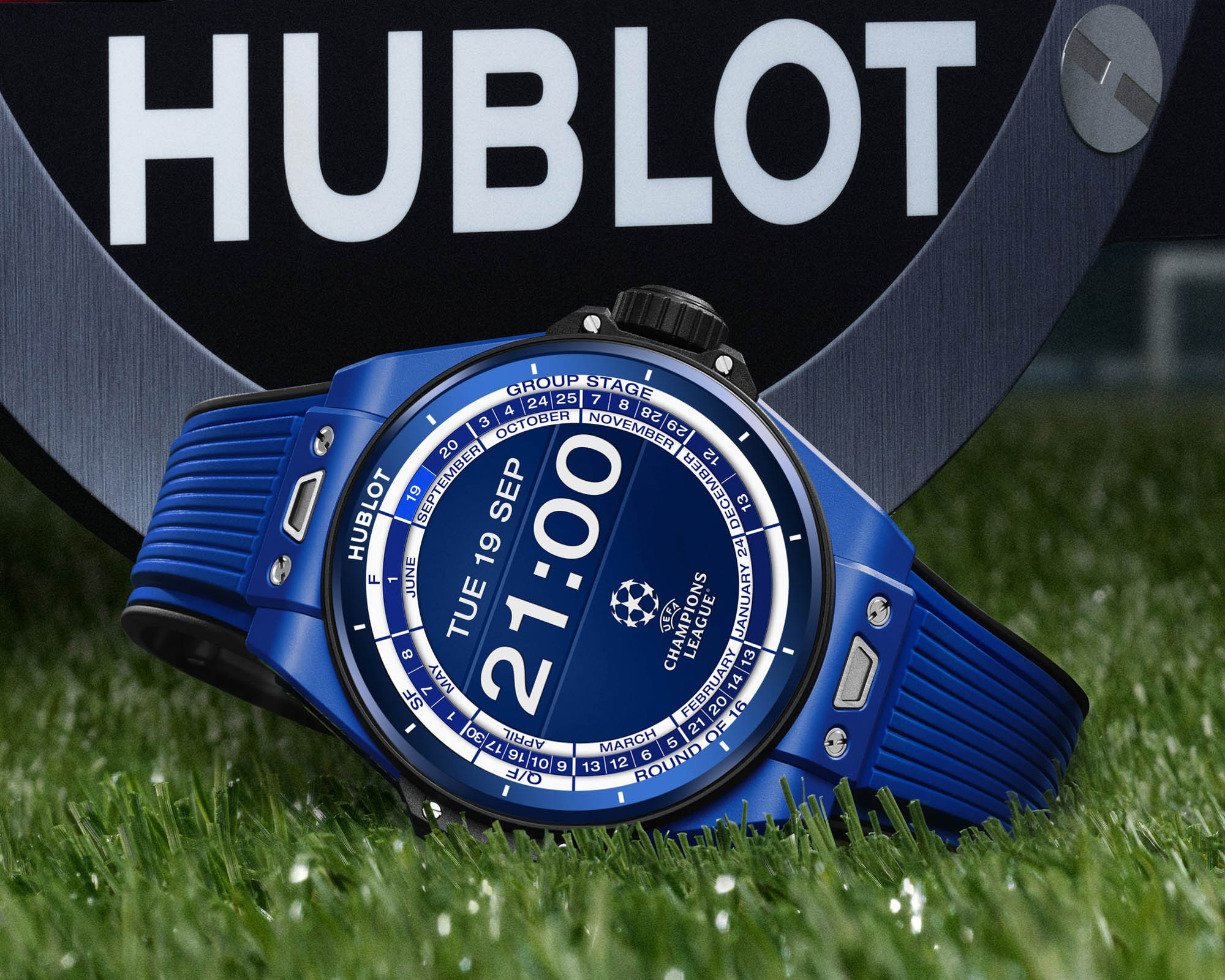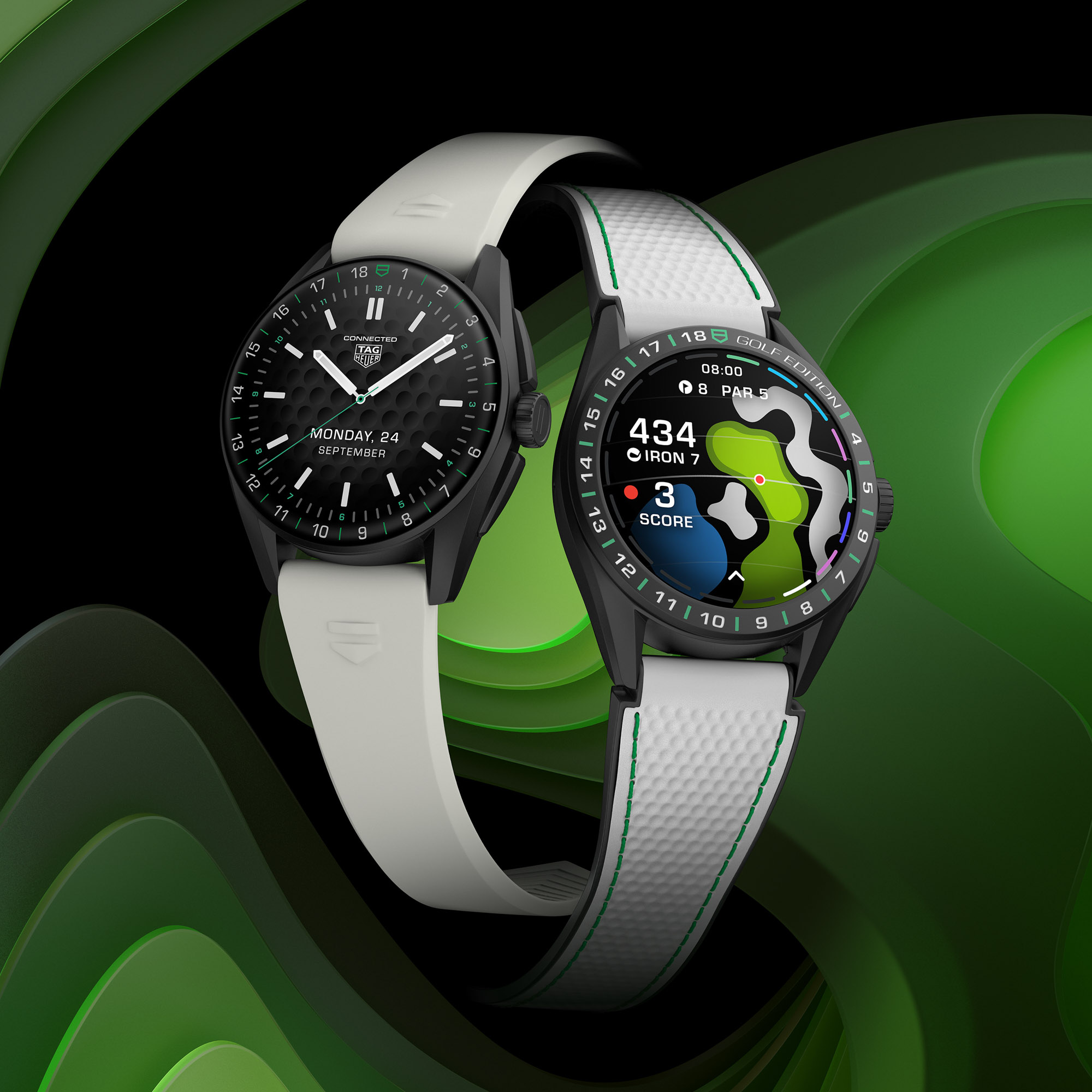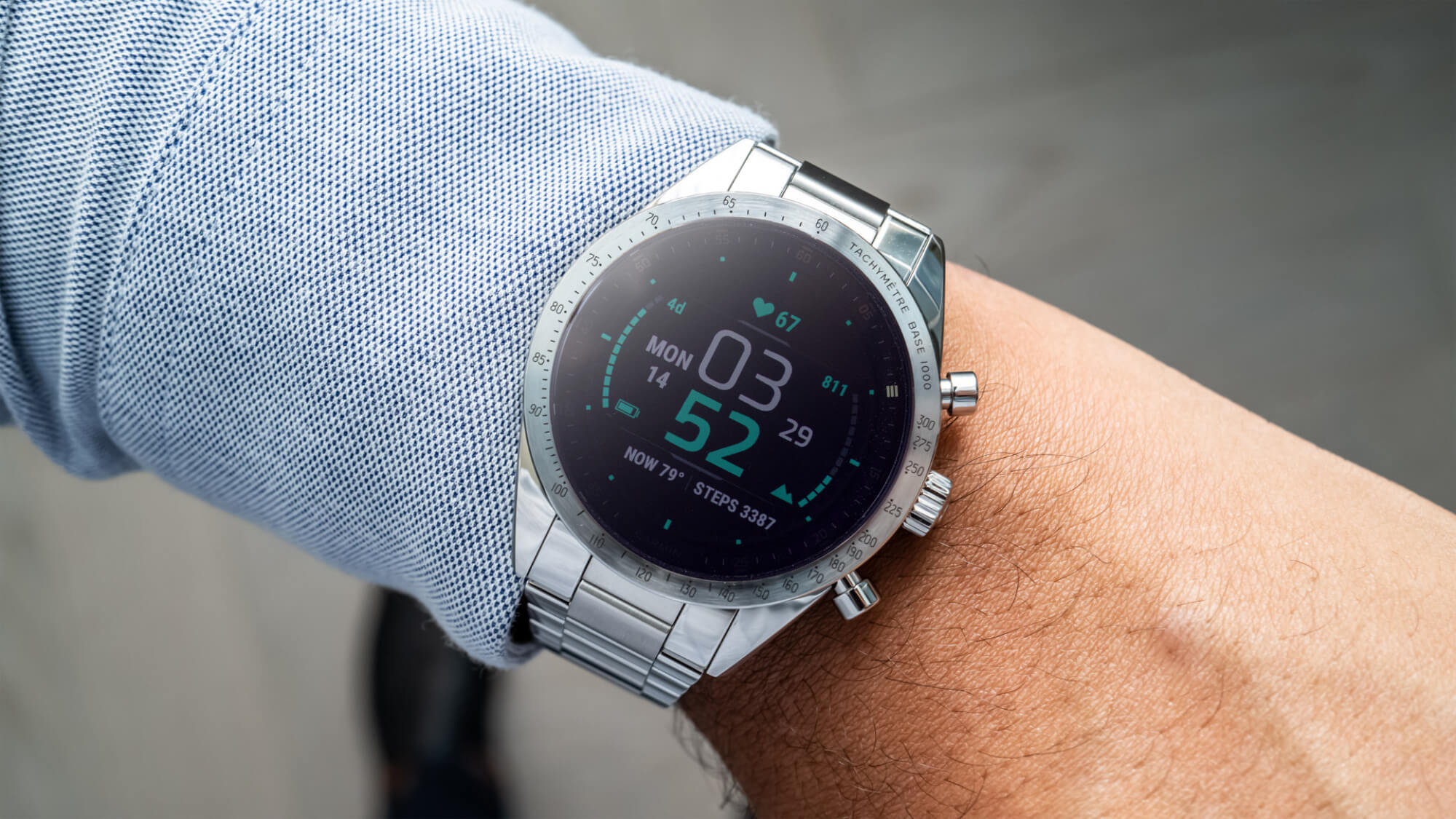
One can never know the future, but it sure is fun to try to predict it. Here is one possible future for some of our favorite names in watchmaking: I believe that 20-40 years from now, there is a very good chance that medium to large technology companies will be buying up brands with some of the most appealing histories and design catalogs. You probably know the brands I’m talking about. Brands like Patek Philippe and Omega represent historic legacies that go back over 100 years. Several other brands, such as Vacheron Constantin, go back even further to the 18th century.
Enthusiasts tend to forget that many of today’s major names in luxury watches disappeared and later came back, resurrected by investors. During the 1990s and early 2000s, when the luxury watch industry was experiencing a new boom, existing watch companies, luxury groups, and enthusiastic entrepreneurs purchased the intellectual property rights (and often things like design catalogs, machinery, or products) for a host of brands which were entirely non-operational. The reality is that even if a watch company in its current form ceases to operate, the value of the brand and intellectual property persist. Few of these names, technologies, or designs ever enter the public domain, and even dead brands most always have someone who still owns them. That means even when a watch brand dies, its intellectual property rights still exist and the brand can only be revived by someone who owns those rights.
A great number of today’s watch brands will not be here in 20 years. Easily 50% of today’s watch companies could disappear in 20 years without surprising me. The brands that remain will be those who have been able to capture the remaining traditional wristwatch market, which exists mostly as status items, collectible art items, and jewelry-style symbols of taste and wealth. Other remaining watch brands will be those who have possibly entered the smartwatch market in whole or in part (meaning they might also still produce traditional watches). It’s possible that “smartwatches” won’t be referred to by that name in 20 years, merely being called “watches.” Traditional watches, which we today call “watches,” might potentially adopt some new name to designate their updated status.
Where does that leave luxury in the future? Actually, not in too different a place as it is today. People will still desire names and designs which suggest historic or timeless taste, excellence, success, or simple reliability. The implication is that the old names in watchmaking will still have value to luxury consumers, just perhaps not for the original products they sold. We’ve seen this plenty with other luxury brands. Hermès is extremely popular with luxury seekers, but how many of its consumers purchase horse saddles? Louis Vuitton is one of the most powerful luxury makers in the world, but how many people carry around its leather trunks? If a brand like Tissot were to fade away as a traditional watch manufacturer, I don’t see why it couldn’t be resurrected as a smartwatch company. The consumer would expect that a watch company would make a contemporary product, and not some vintage tool that no longer has even as much fashion relevance. The Omega of the future could easily be what we call a smartwatch today without violating consumer expectations or the brand’s legacy.
It is specifically because these old names in watchmaking have (at times) such colorful histories that they would be attractive purchase targets for tech companies in the future. I’m not saying that all smartwatches will leverage legacy watch branding for consumer success, but I am guessing that at least a few will. My guess is that the smartwatch as a product category will grow large enough that there are dozens of good choices in the market. This is of course some years off, but once technology standards become more universalized and the basic mainstream utility of a smartwatch becomes understood (think of a car, for example) then product differentiation will be about aesthetics, materials, and construction.
If you were a tech company CEO and wanted to make a brand dedicated to selling high-end smartwatches, would you rather invent something totally new, or would you seek to acquire the goodwill and legacy of some respected old name and bring it back for modern audiences? I’m guessing that more than a few will feel that a moderate investment in a dead old brand, with plenty of history and interesting stories, is going to be more interesting and possibly more cost-effective than coming up with a new brand from scratch.
TAG Heuer already produces a smartwatch, and is a company with roots going back to the 19th century. It still mostly produces traditional watches, but it doesn’t feel odd to me for the brand to have a name on a smartwatch. Is the concept odder when imagining a Breguet smartwatch? Then again, what might Abraham-Louis Breguet decide to invest into today if he was around, and sought to make the absolute best performing and useful timepiece creations for the world’s most elite customers? There is a good chance there might be a battery and computer processor somewhere in those creations.
There are still plenty of people around who recall an era when everyone needed a watch to tell the time. Consumers stopped needing mechanical watches in the 1970s and 1980s, and by the 1990s consumers started to abandon wristwatches in general because of how easy it was to know the time using other devices such as household appliances or mobile phones. Despite this, it is easy to understand why companies like Rolex continue to produce high-quality timepieces, even though their products are mostly used as high-end jewelry items. Flash forward 50 years, and where does that leave Rolex? What types of watches would it make sense for them to produce at that time? Will there still be a culture for wanting, wearing, and showing off mechanical watches in the same way there is today? Will the nature of a luxury watch have changed so much that Rolex will be compelled to start producing an amazing case and bracelet (like only they can) in order to house modern, smart technology as opposed to mechanical innards?
The Rolexes of the world (and there aren’t many of them) have the opportunity to stay solvent for 20-50 years, and will be able to make a choice about how they want to enter the world of contemporary timepieces in the future. Other brands who have long since been forced to close by a shrinking traditional watch market will be brought back whether they like it or not. Technology companies and smartwatch makers of the future will (by my prediction) leverage today’s best names in traditional watchmaking, and return them once again for a new era of wristwatch status symbolism and ego amplification.











